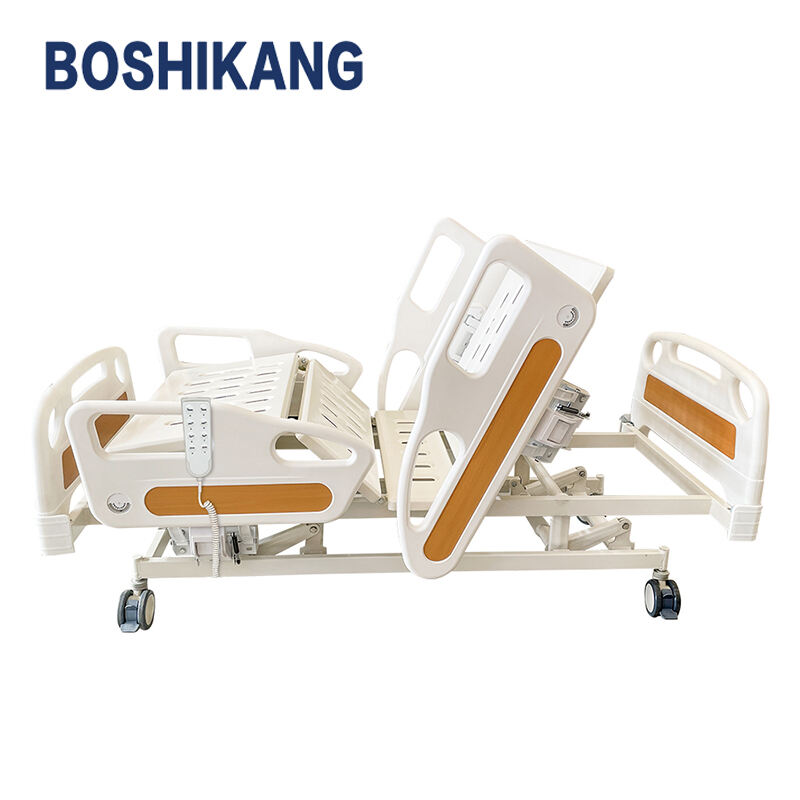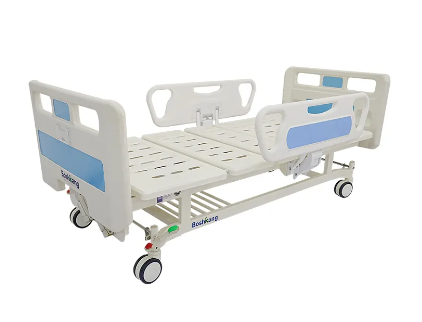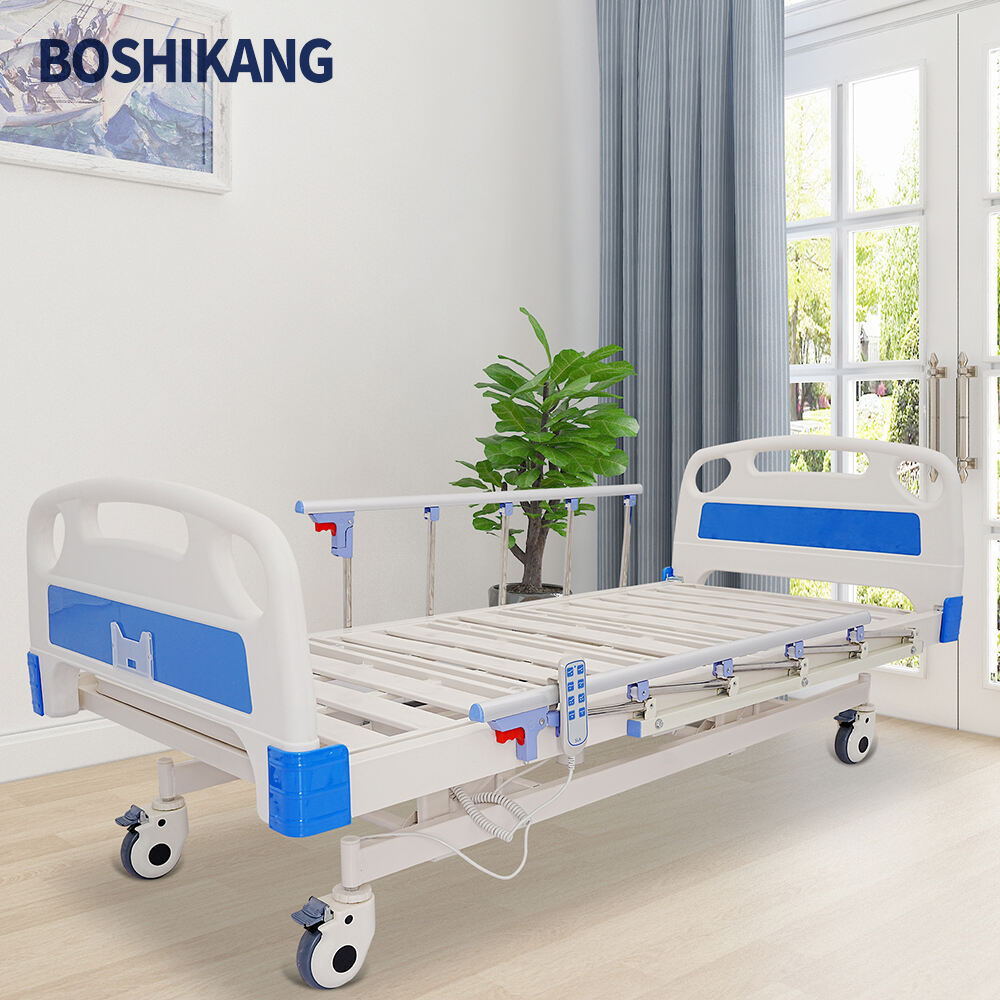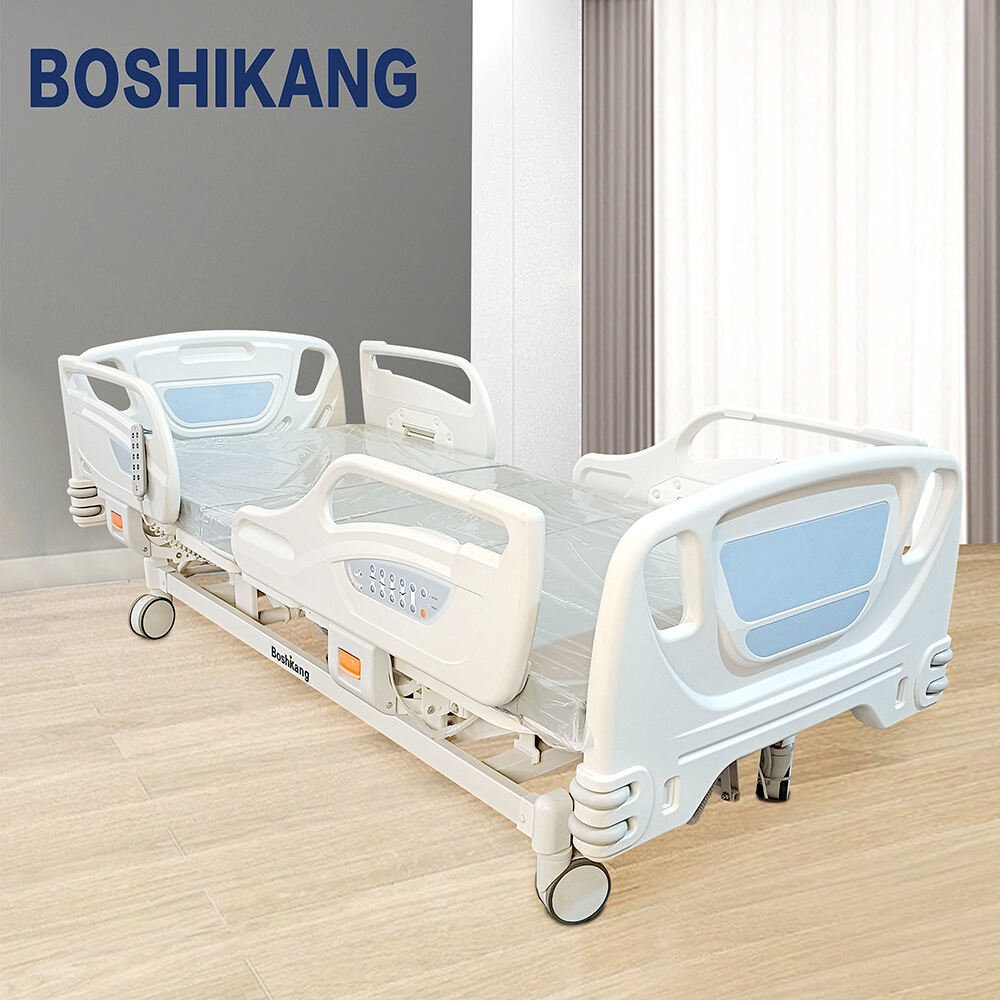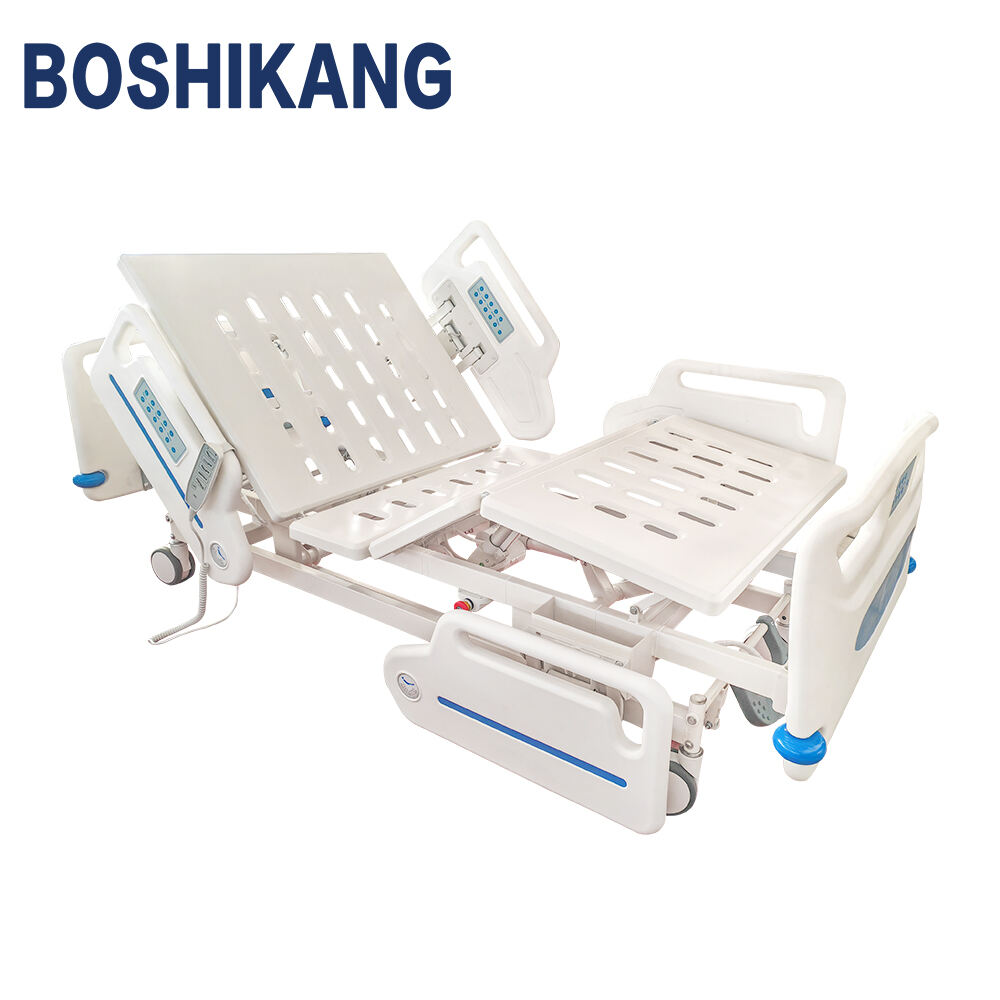icu rotating bed
The ICU rotating bed represents a significant advancement in critical care equipment, designed to provide optimal patient care and reduce complications associated with prolonged immobility. This specialized medical device features a sophisticated mechanical system that enables smooth, controlled rotation of patients along their longitudinal axis. The bed's primary function is to facilitate regular position changes for critically ill patients, which is essential for preventing pressure ulcers, improving respiratory function, and enhancing overall patient outcomes. The bed incorporates advanced electronic controls that allow healthcare providers to program specific rotation schedules and angles, ensuring consistent and precise patient positioning throughout the day and night. Additionally, it features integrated safety mechanisms, including side rails, emergency stop functions, and patient restraint systems to maintain security during rotation. The bed's design includes pressure-mapping technology that helps distribute weight evenly and minimize stress points on the patient's body. Modern ICU rotating beds are equipped with built-in monitoring systems that track patient position, rotation frequency, and duration, enabling healthcare providers to maintain detailed records of patient care. These beds also feature adjustable height settings, removable headboards for emergency procedures, and compatibility with various medical attachments and monitoring equipment. The technology has proven particularly valuable in treating patients with respiratory conditions, severe burns, and those requiring extended critical care.

